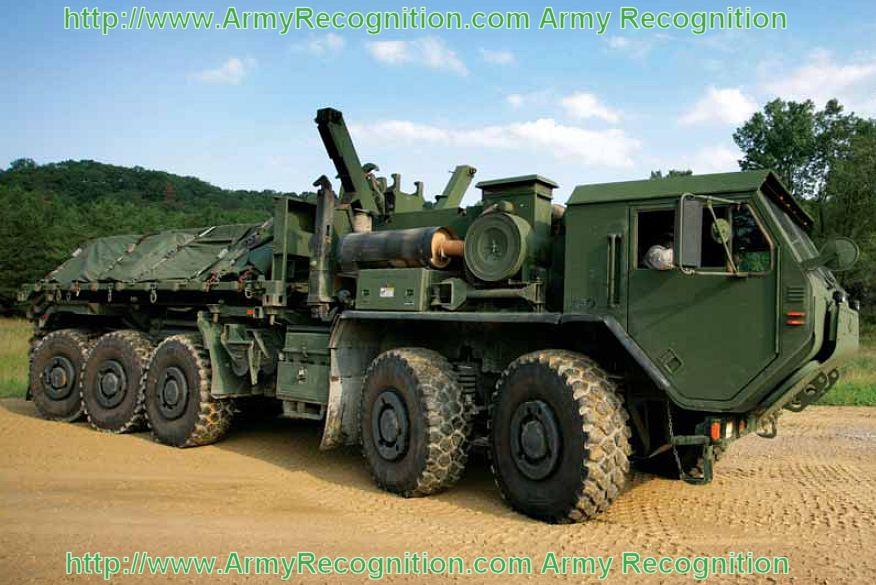one issue I see, to my layperson view, with an electric motor on each wheel is the loss of torque as traction is lost on various wheels assuming 4 individual motors would be smaller(torque and power) than a single central motor through gear box and diffs.
They would be great when all four wheels have grip but what happens when only one wheel has traction? You only have one small electric motor trying to move the car, the torque of the other three motors can't be transferred to the wheel that has grip.
Sound logic or not....?
Cheers,
Sean
“Only two things are infinite, the universe and human stupidity, and I'm not sure about the former.” - Albert Einstein




 Reply With Quote
Reply With Quote

Bookmarks